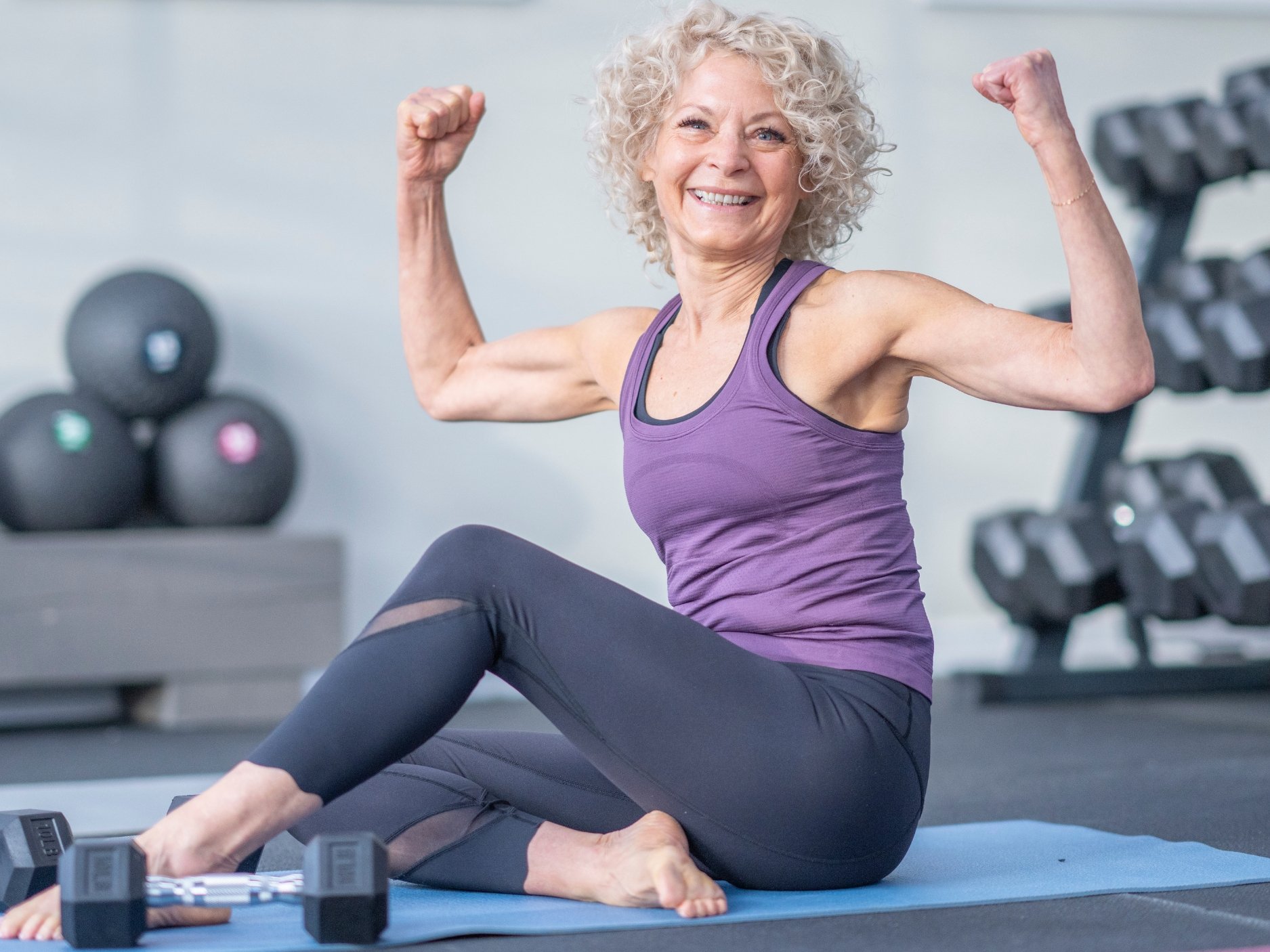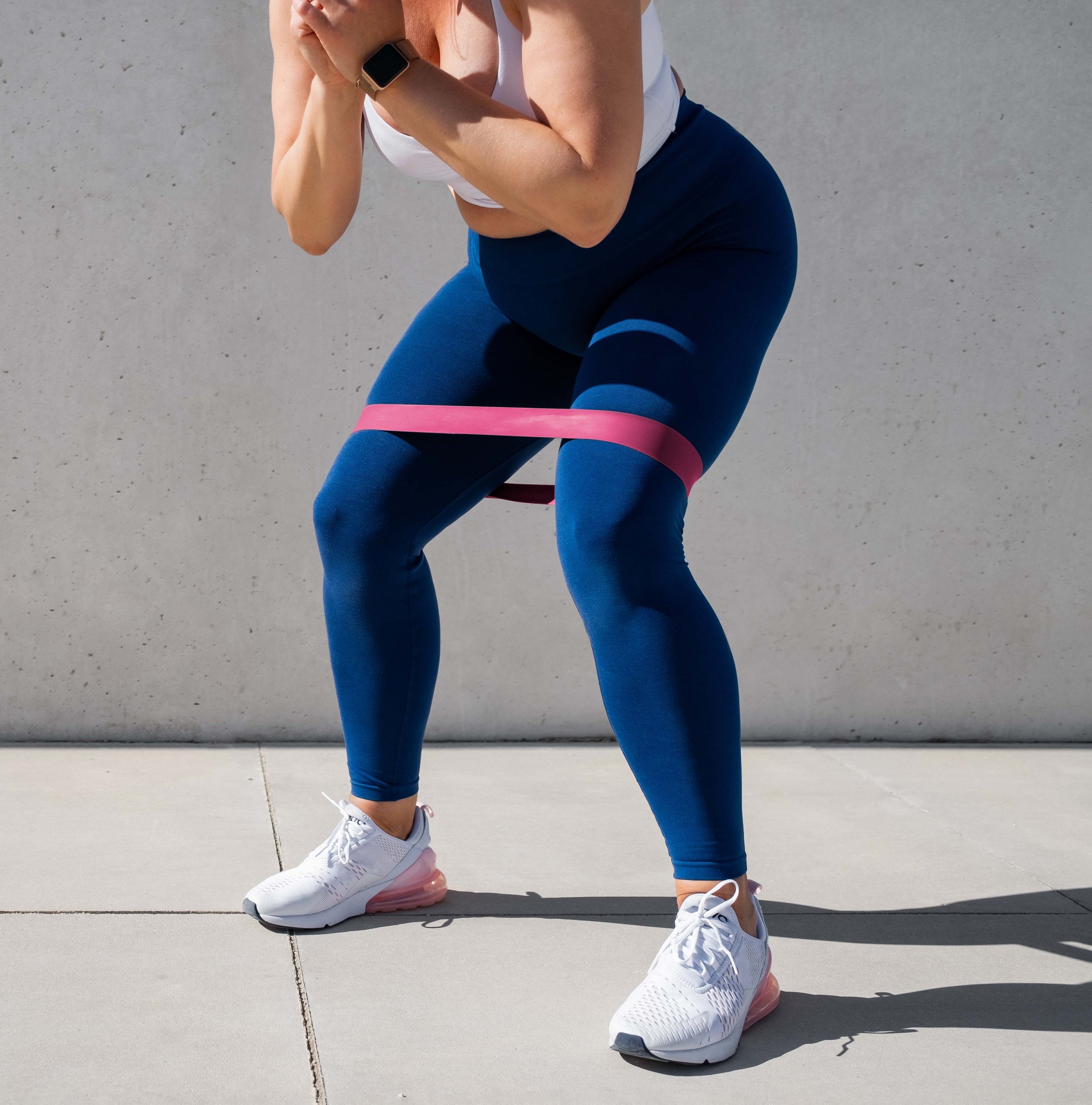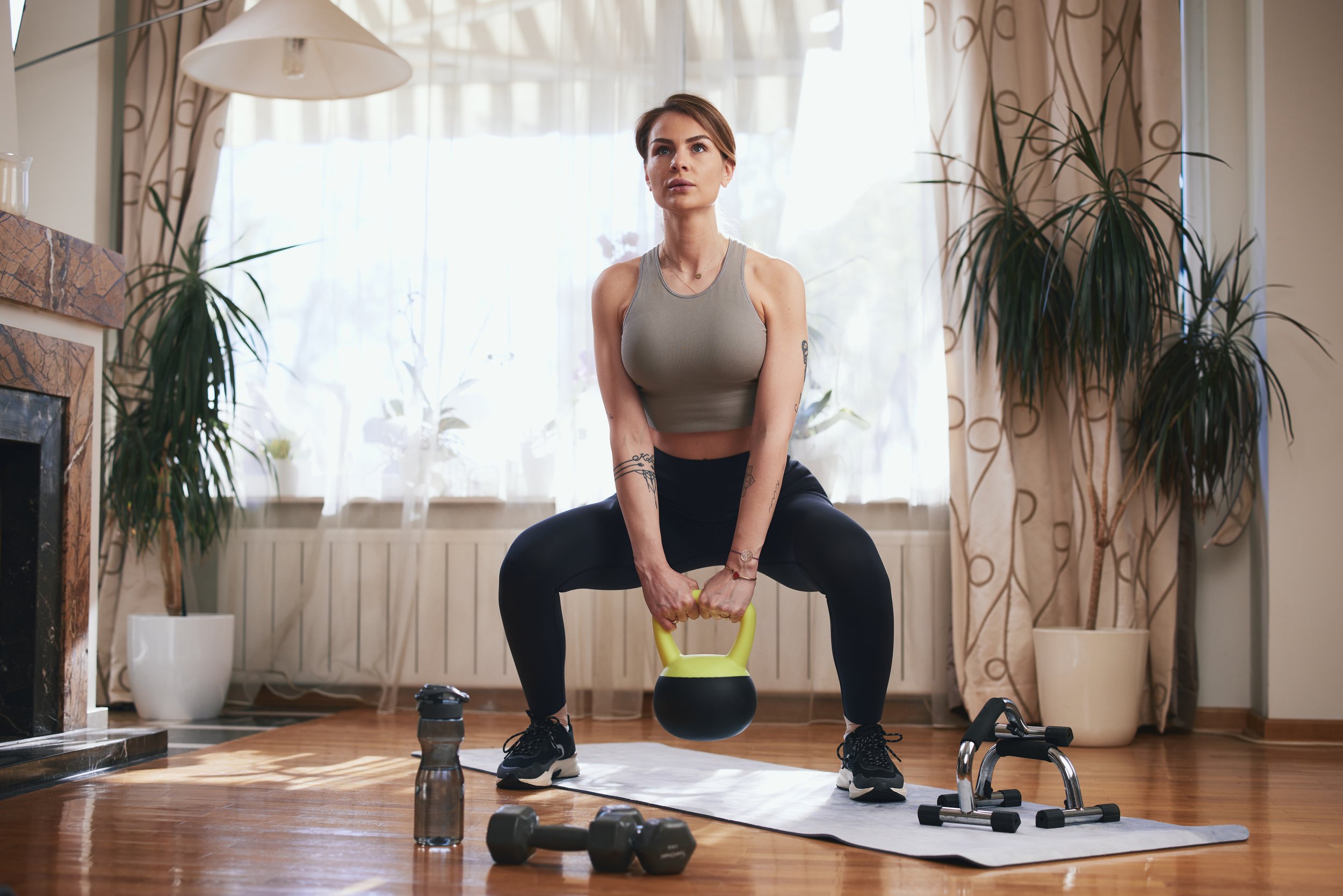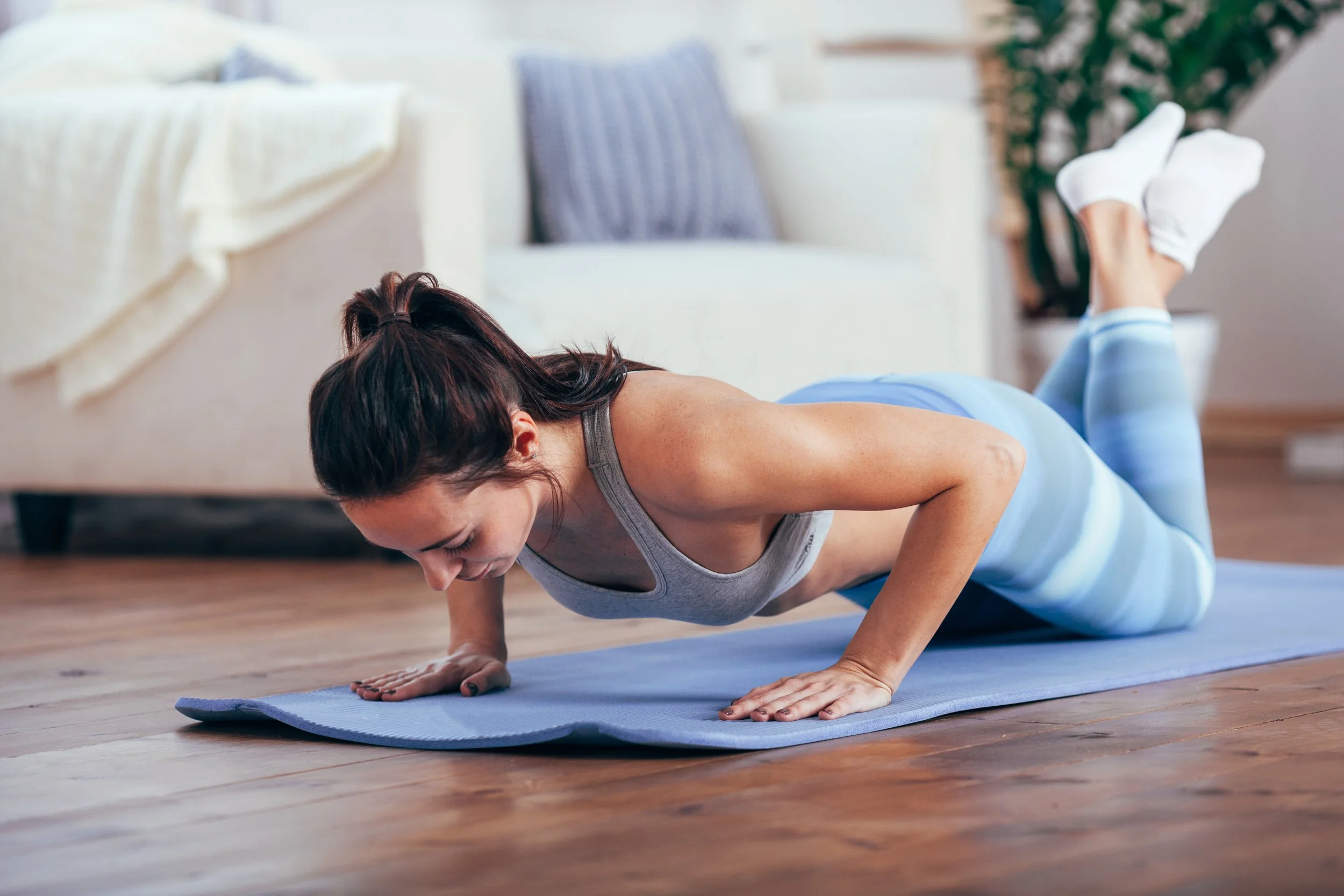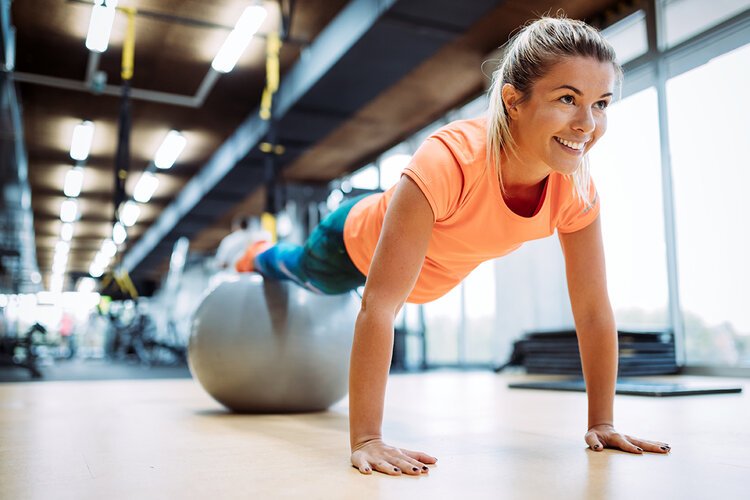Mastering Exercise Progression: Tips for Success
Exercise Progression: Taking Your Fitness Journey to the Next Level
Are you looking to enhance your fitness routine and achieve better results? If so, exercise progression is the key to unlocking your full potential. In this blog post, we will explore what progression means, the different types of progression, and the tools you can use to elevate your workouts. Whether your goal is endurance progression or building strength progression, we've got you covered.
Understanding Progression
Progression in exercise refers to the systematic and gradual increase in the intensity, duration, or difficulty of your workouts over time. It is a fundamental principle that helps you challenge your body and adapt to new levels of fitness. By incorporating progression into your routine, you can avoid plateaus, prevent injuries, and continue making progress towards your goals.
Endurance Progression vs. Building Strength Progression
Before starting on your fitness journey, it's crucial to identify your primary goal. Are you aiming to improve your endurance or build strength? Let's take a closer look at the differences between these two types of progression.
Endurance Progression: If your goal is to enhance your cardiovascular fitness and stamina, endurance progression is the way to go. This type of progression involves gradually increasing the duration or intensity of aerobic exercises such as running, cycling, or swimming. By challenging your cardiovascular system, you can improve your lung capacity, boost your endurance, and enhance your overall athletic performance.
Building Strength Progression: On the other hand, if you're looking to build muscle strength and power, building strength progression is the path to follow. This type of progression focuses on gradually increasing the resistance or weight used during strength training exercises. By challenging your muscles with heavier loads, you can stimulate muscle growth, increase your strength, and achieve a more toned and sculpted physique.
Tools for Progression
Now that you understand the importance of progression and have identified your goal, let's explore some effective tools you can use to progress your workouts.
Progressive Overload: This principle involves gradually increasing the demands placed on your body by adding more weight, repetitions, or sets to your exercises. By consistently challenging your muscles, you can stimulate growth and improve your overall strength and endurance.
Periodization: This technique involves dividing your training program into specific phases, each with a different focus and intensity level. By strategically varying the volume and intensity of your workouts, you can optimize your progress and prevent overtraining.
Tracking and Monitoring: Keeping a record of your workouts, including the weights, repetitions, and sets performed, can help you track your progress and identify areas for improvement. Utilize fitness apps, journals, or spreadsheets to stay organized and motivated.
Professional Guidance: Working with a certified personal trainer or fitness coach can provide you with expert guidance and personalized workout plans. They can help you set realistic goals, design effective progression strategies, and ensure proper form and technique.
Equipment for Progression at Home
When it comes to progressing your weight or resistance workouts at home, there are several tools you can utilize to take your fitness journey to the next level. Here are some specific equipment options that can help you achieve your goals:
Dumbbells: Hand weights or dumbbells are versatile and effective tools for building strength and increasing resistance. They come in various weights, allowing you to gradually increase the load as you progress. Incorporate exercises like bicep curls, shoulder presses, and lunges to target different muscle groups.
Resistance Bands: These elastic bands provide a convenient and portable way to add resistance to your workouts. They come in different levels of resistance, allowing you to start with lighter bands and gradually work your way up. Resistance bands can be used for a wide range of exercises, including squats, rows, and chest presses.
Kettlebells: Kettlebells are excellent for building strength, improving endurance, and enhancing overall functional fitness. They provide a unique challenge due to their shape and center of gravity. Incorporate exercises like kettlebell swings, goblet squats, and Turkish get-ups to engage multiple muscle groups and improve your strength and stability.
Bodyweight Training: Don't underestimate the power of your own bodyweight. Exercises like push-ups, squats, lunges, and planks can be modified to increase the difficulty as you progress. For example, you can elevate your feet during push-ups or perform pistol squats to challenge your balance and strength.
Stability Ball: A stability ball can be a valuable tool for improving core strength, stability, and balance. Incorporate exercises like stability ball crunches, bridges, and planks to engage your core muscles and enhance your overall functional fitness.
Exercise progression is the key to unlocking your full fitness potential. Whether you're aiming for endurance progression or building strength progression, incorporating gradual increases in intensity, duration, or resistance will help you achieve your goals. Remember to utilize tools such as progressive overload, periodization, tracking, and professional guidance to optimize your progress. So, take the first step towards a stronger, fitter you and start progressing today!


